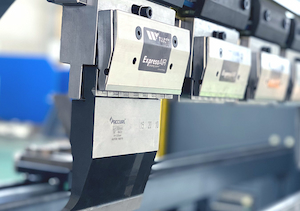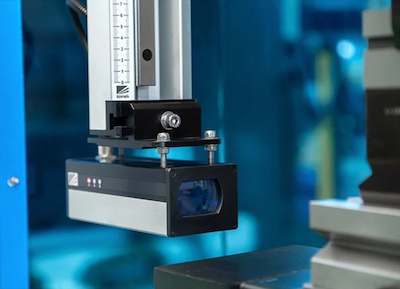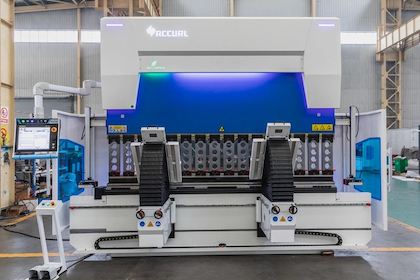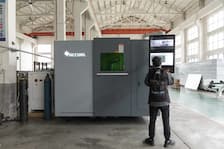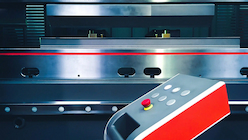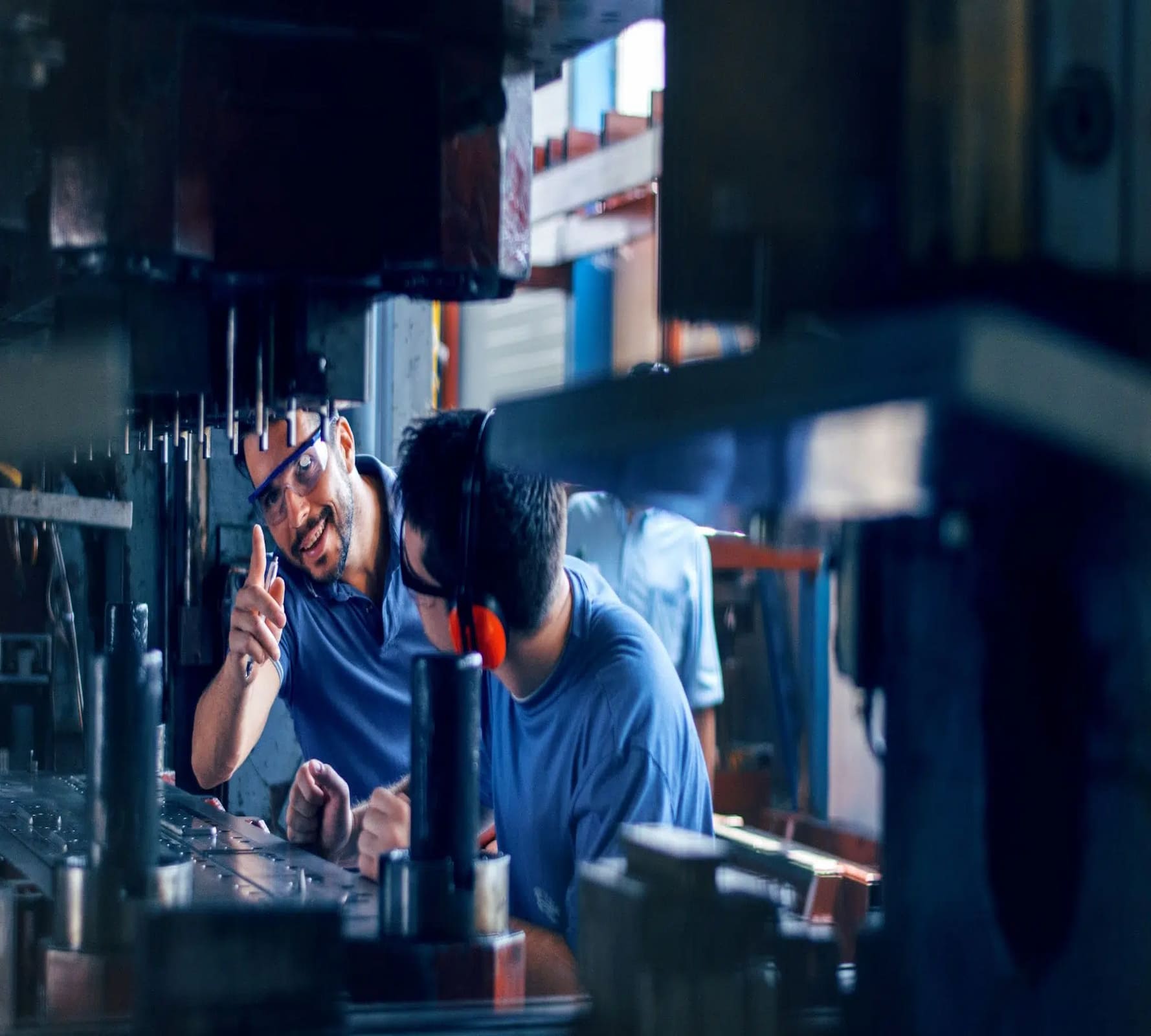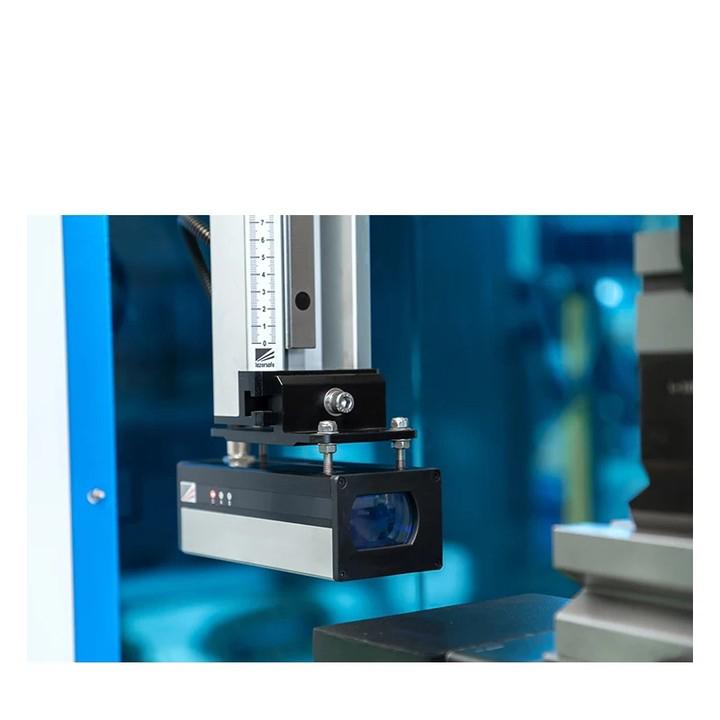What are the industries where CNC bending machines are used?
Jun 13, 2025
The CNC bending machine is one of the core equipment in the field of metal sheet processing. With its high precision, high efficiency, flexibility and repeatability, it is widely used in modern manufacturing. Almost all industries involving the forming and processing of metal sheets will use it. The following are some major application industries:
1. Sheet metal manufacturing and processing industry
Core application fields. This is the most fundamental and widespread application scenario of CNC bending machines.
Processing objects: Metal plates of various specifications and materials (such as cold-rolled plates, galvanized plates, aluminum plates, stainless steel plates, copper plates, etc.).
Typical products: chassis and cabinets, various brackets, shells, covers, trays, panels, ventilation ducts, connectors, etc.
2. Chassis and electrical cabinet industry:
Highly dependent. It is used for manufacturing the enclosures, door panels, internal mounting panels, guide rails, etc. of server cabinets, network cabinets, distribution cabinets, control cabinets, electrical switch cabinets, industrial control boxes, etc. High requirements are placed on precision and consistency.
3. Elevator Industry:
It is used for manufacturing wall panels, door panels, top panels, floors, control box panels, various brackets, etc. of elevator cars.
4. Automobile and Parts Manufacturing:
Body and structural components: doors, inner panels of the hood, seat frames, chassis brackets, crossbeams, longitudinal beams, battery boxes (for new energy vehicles), etc.
Components: exhaust pipe, muffler, fuel tank, various brackets (engine brackets, sensor brackets, etc.), interior parts frame, etc.
5. Aerospace
It is used for manufacturing structural components, brackets, fairings, control panels, instrument panel frames, seat parts, etc. inside aircraft or spacecraft. It has extremely high requirements for precision, materials (such as high-strength aluminum alloys and titanium alloys) and processes.
6. Home Appliance Industry
Enclosures and structural components: Metal enclosures, inner tanks, brackets, door bodies, panels, etc. of household appliances such as refrigerators, washing machines, air conditioners (indoor and outdoor units), ovens, microwave ovens, water heaters, range hoods, and stoves.
7. Architectural Decoration and Curtain Wall Industry:
It is used for manufacturing metal curtain wall panels (aluminum single panels, composite aluminum panels), ceilings, metal roof panels, column cladding panels, decorative lines, railings and handrails, door and window frames, canopy brackets, etc.
8. Construction Machinery and Agricultural Machinery:
It is used for manufacturing cabs, body panels (side panels, engine hoods), fuel tanks, toolboxes, various structural supports and connecting parts for equipment such as excavators, loaders, cranes, tractors and harvesters.
9. Communication equipment industry:
Manufacture base station cabinets, antenna brackets, filter housings, server chassis, switch chassis, etc.
10. Medical devices and laboratory equipment:
Manufacturing medical bed frames, trolleys, instrument cabinets, disinfection equipment casings, laboratory fume hoods, laboratory bench frames, instrument casings, etc. High cleanliness and precision are usually required.
11. Furniture Industry (Metal Furniture) :
Manufacture metal office desks, filing cabinets, shelves, display stands, metal chair frames, metal bed frames, etc.
12. Lighting Industry:
We manufacture street lamp poles, garden lamp bodies, large floodlight housings, industrial and mining lamp housings, LED lamp heat sink housings, etc.
13. Rail Transit
Manufacture interior decorative panels (wall panels, ceiling panels), seat frames, equipment boxes, ventilation duct components, etc. for trains, subways and trams.
In summary, the industry characteristics of the application of CNC bending machines include
Involving the forming of metal sheets: This is the most fundamental prerequisite.
High precision and consistency are required: Numerical control technology ensures the accuracy of repeated processing.
The product structure is relatively complex: it requires multiple bending processes to complete.
Pursuing production efficiency and flexibility: Products can be quickly programmed and switched to adapt to small-batch and multi-variety production.
There are requirements for structural strength and appearance: Bending can provide good structural strength and a smooth and beautiful appearance.
If you have more ideas, please contact us!
Tel: +86 -18855551088
Email: Info@Accurl.com
Whatsapp/Mobile: +86 -18855551088
